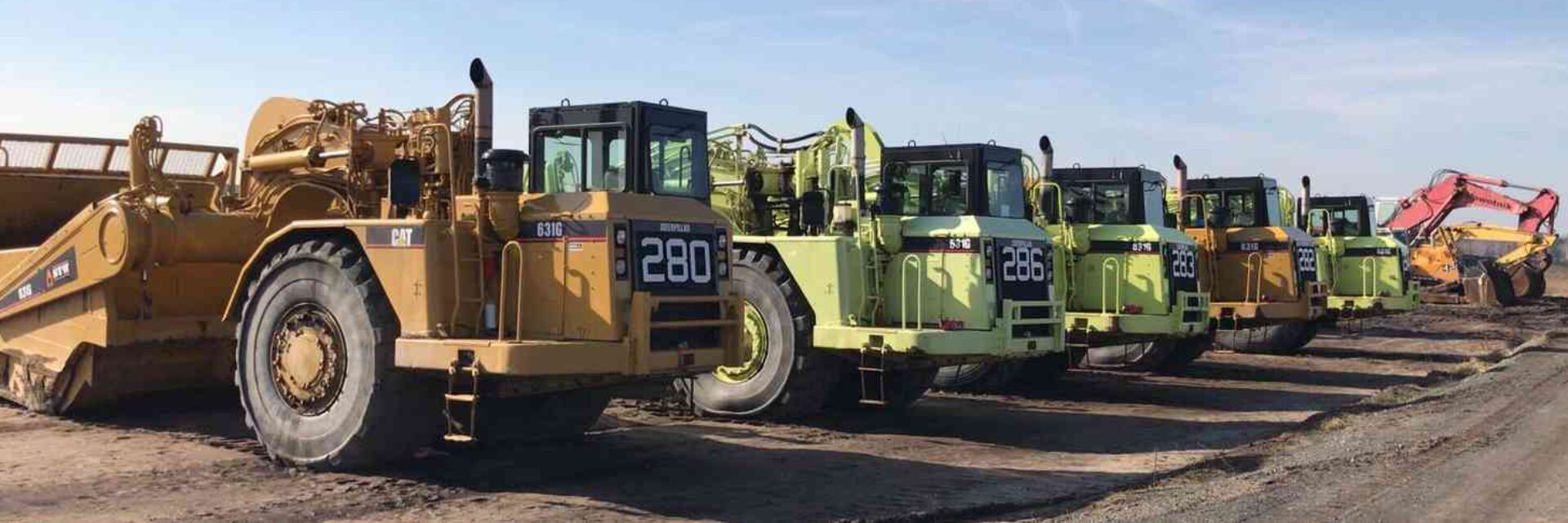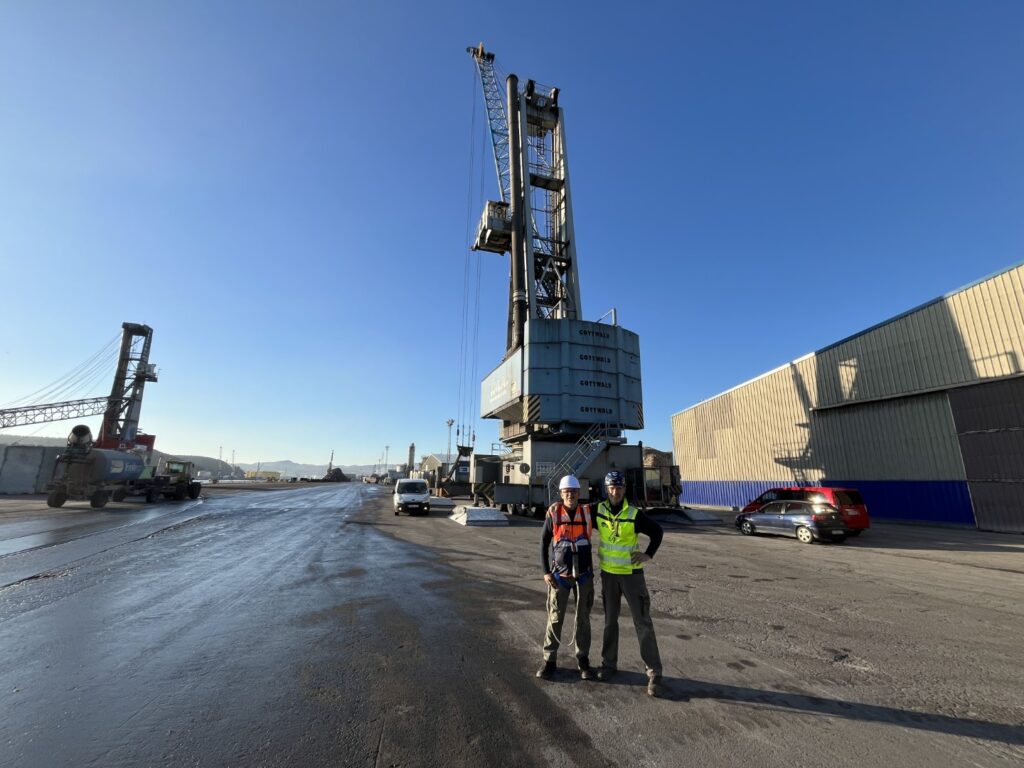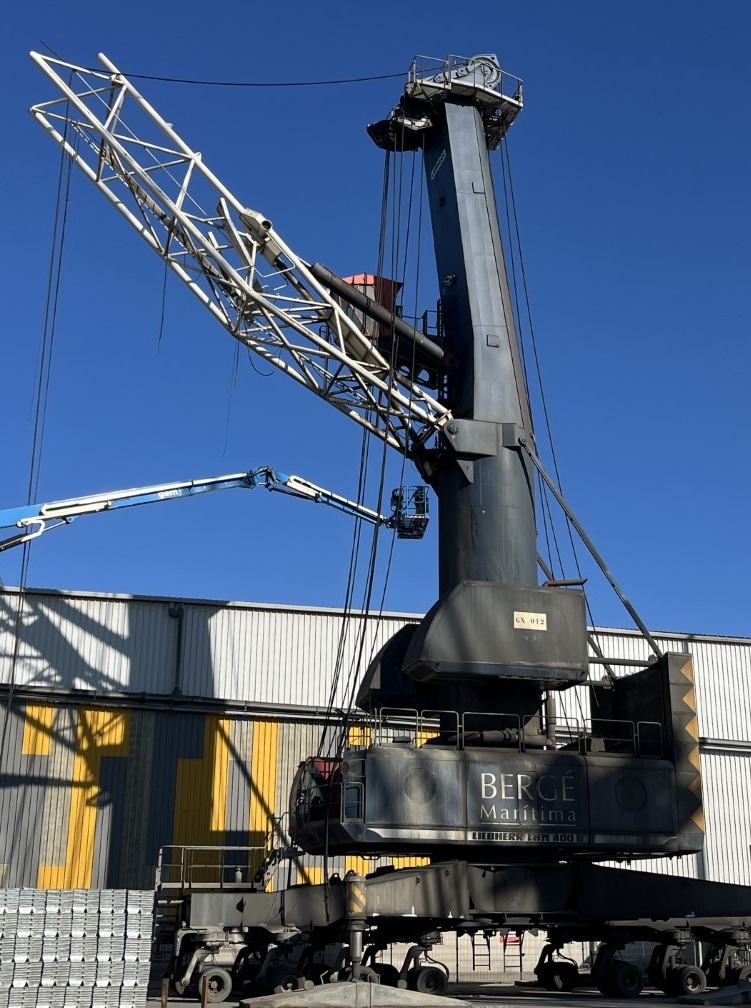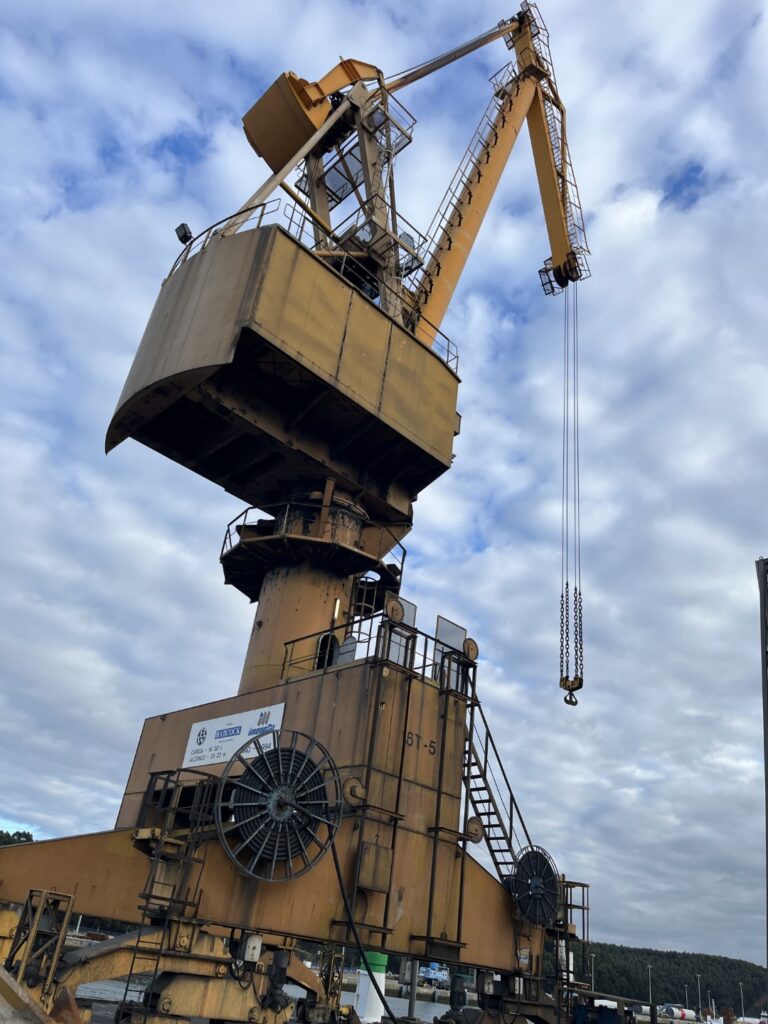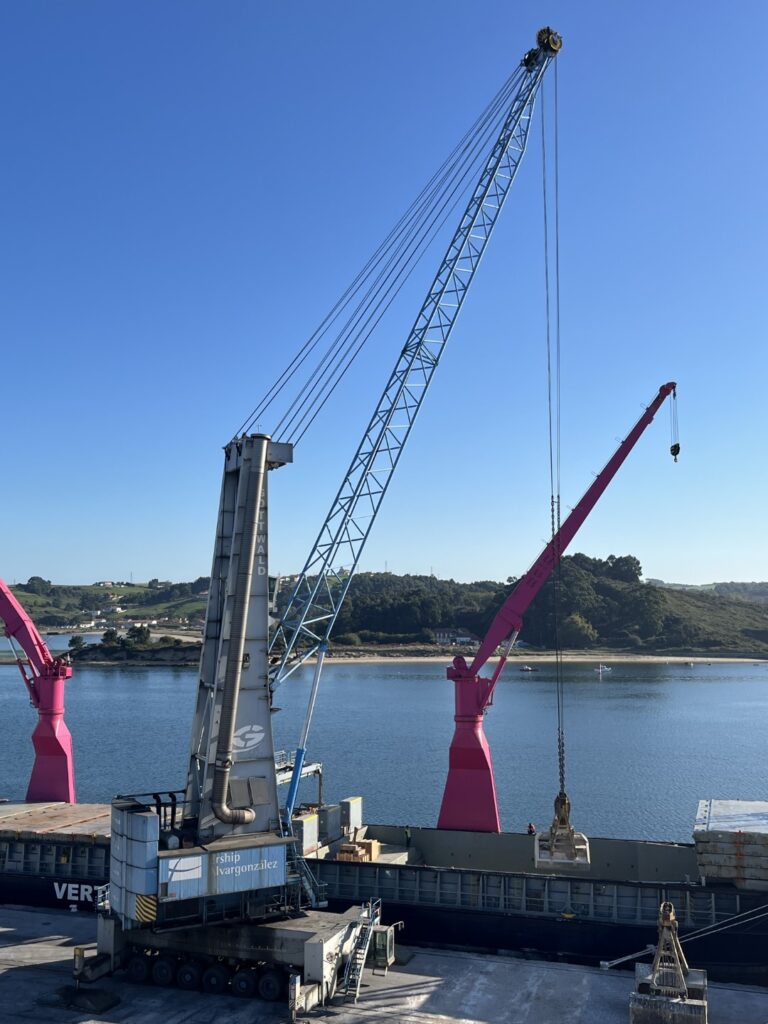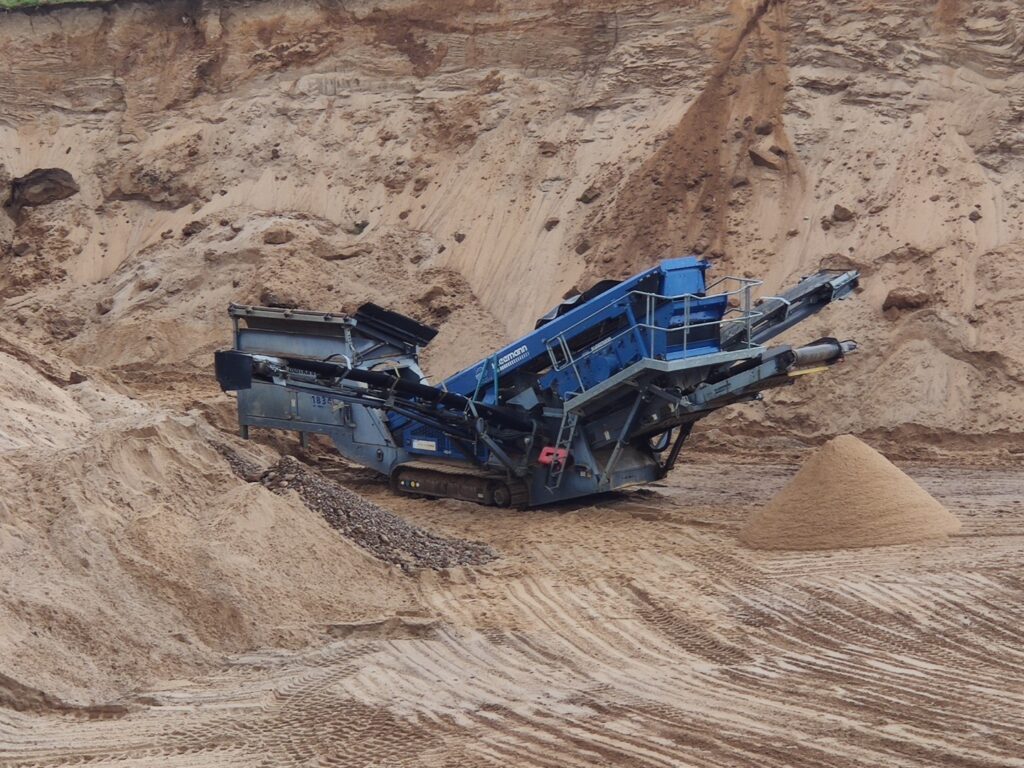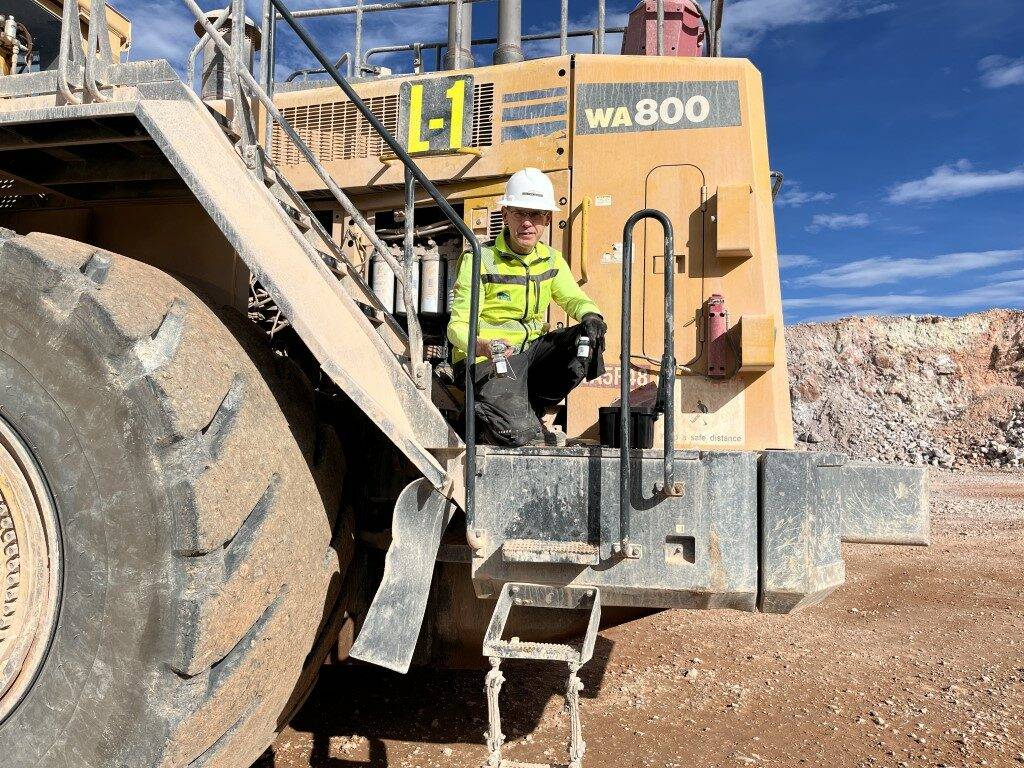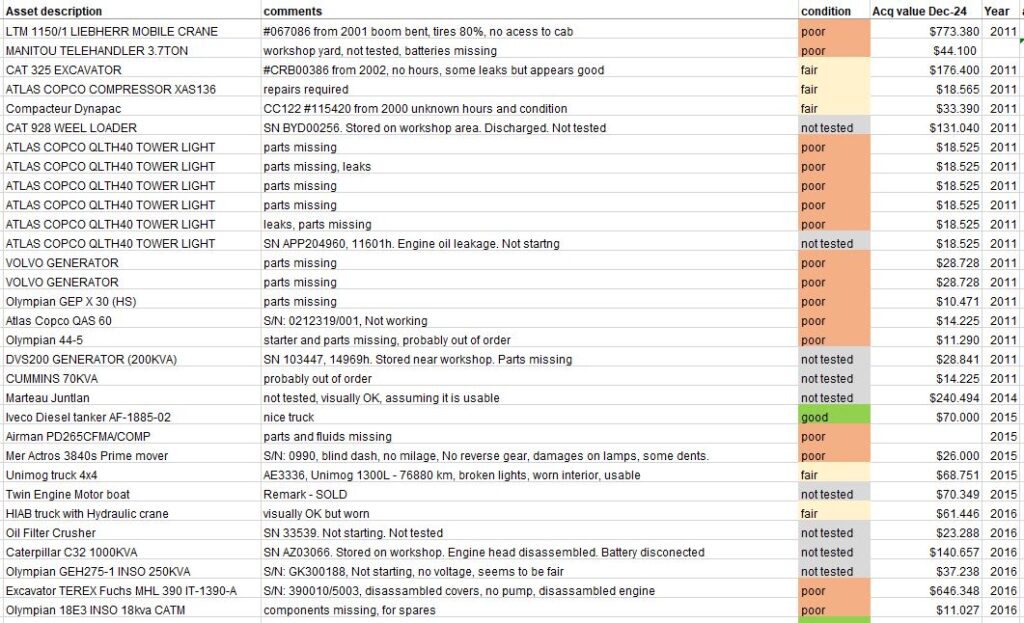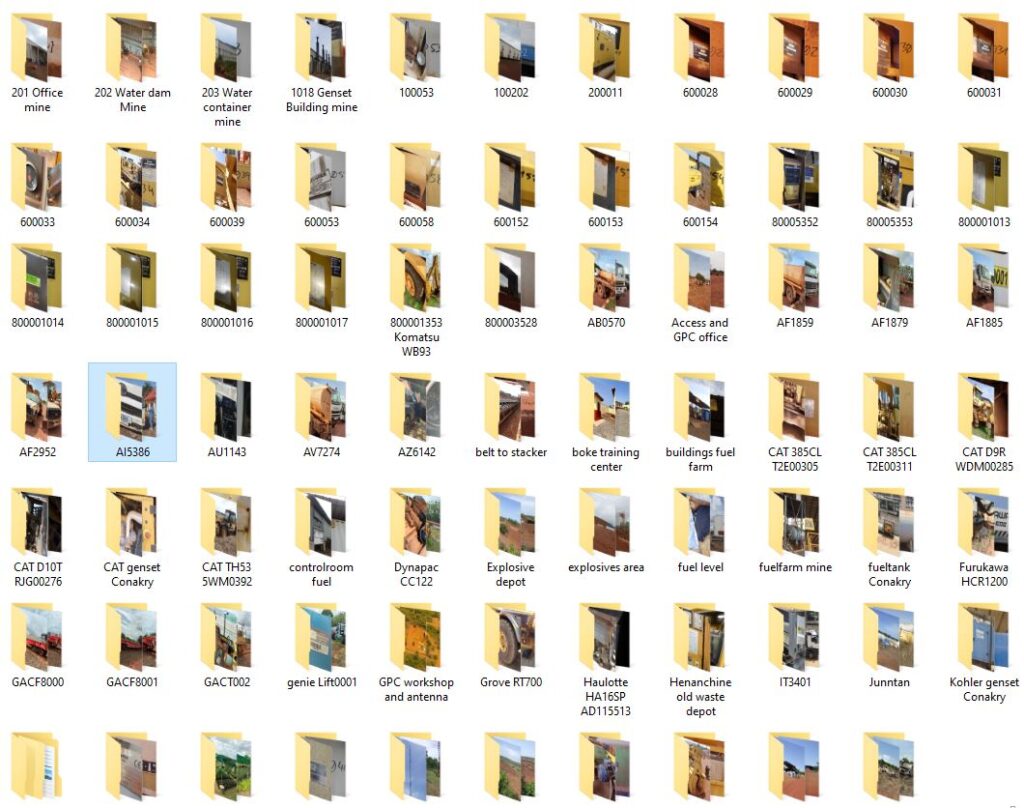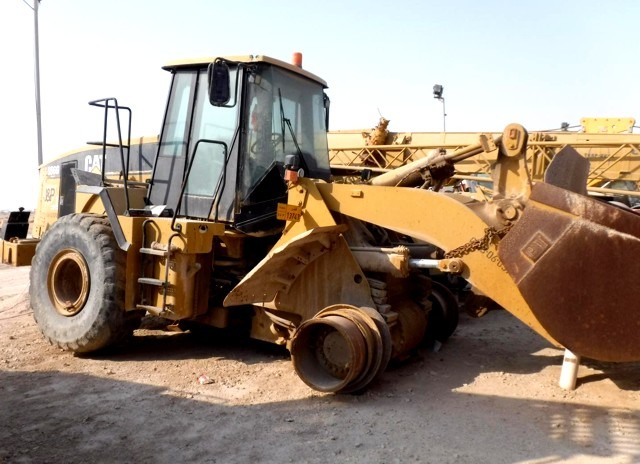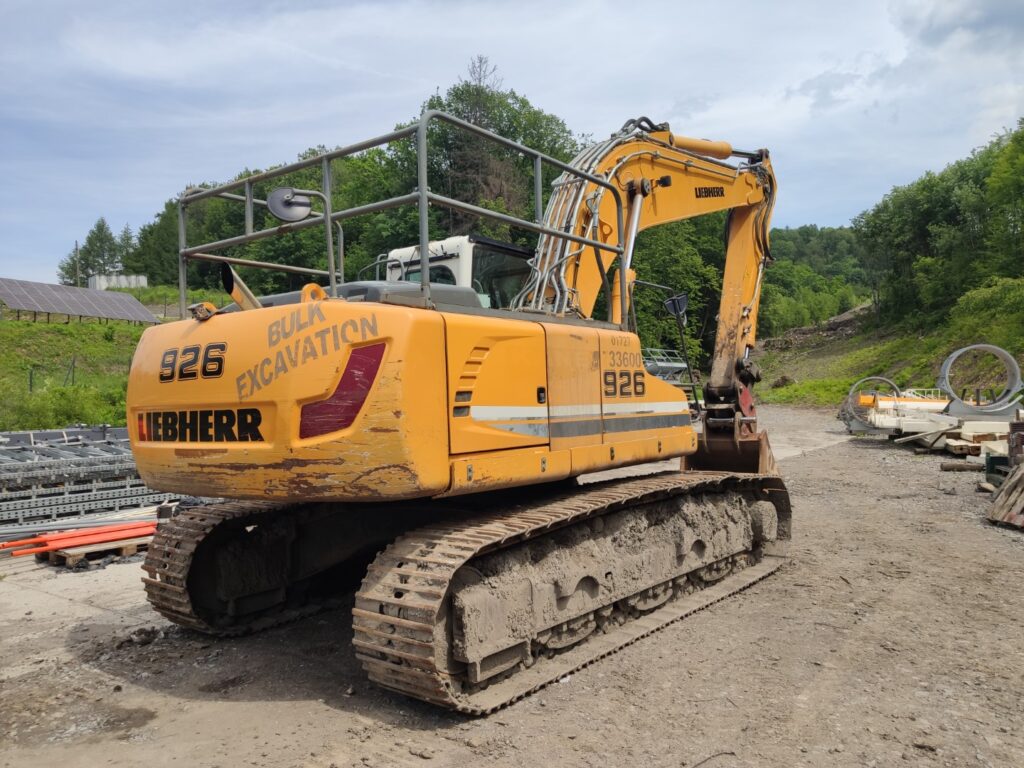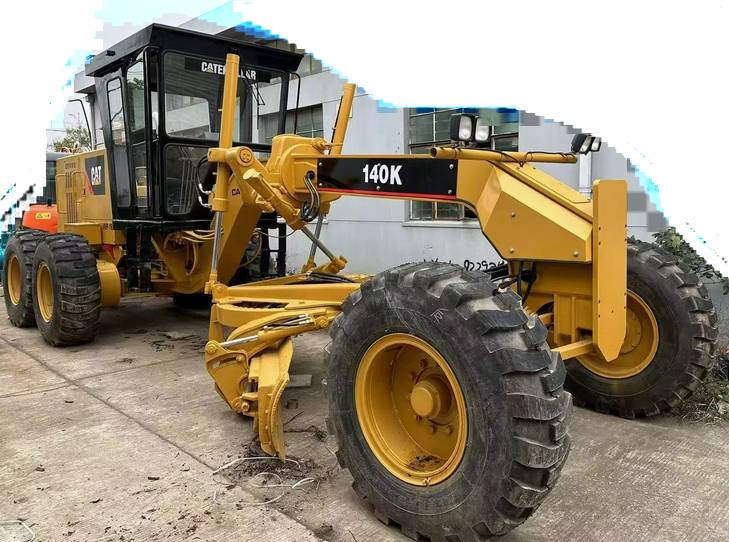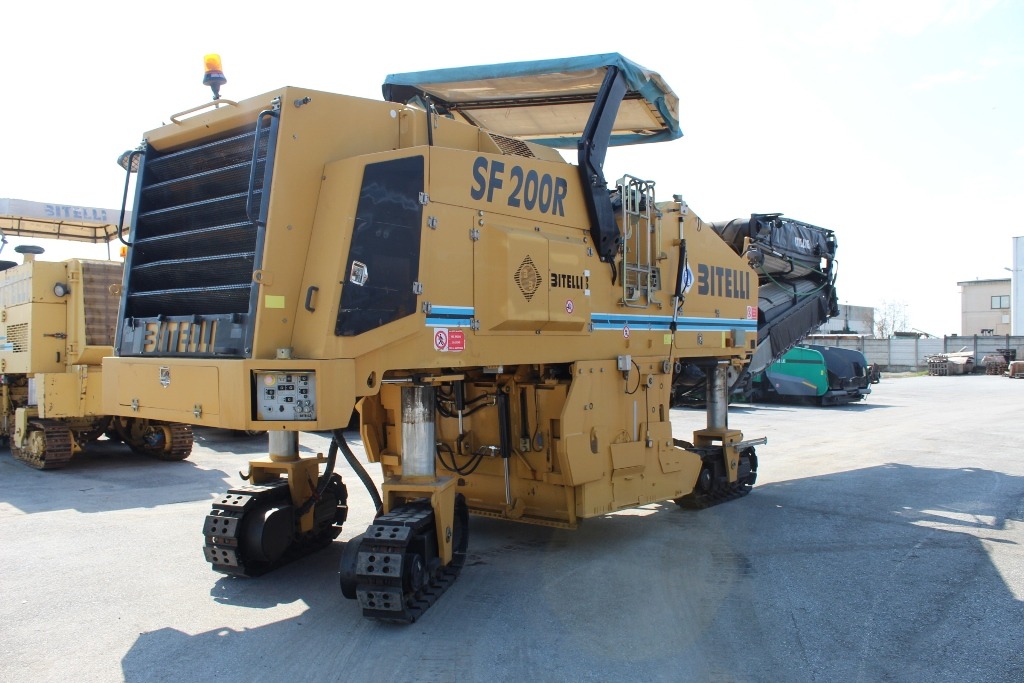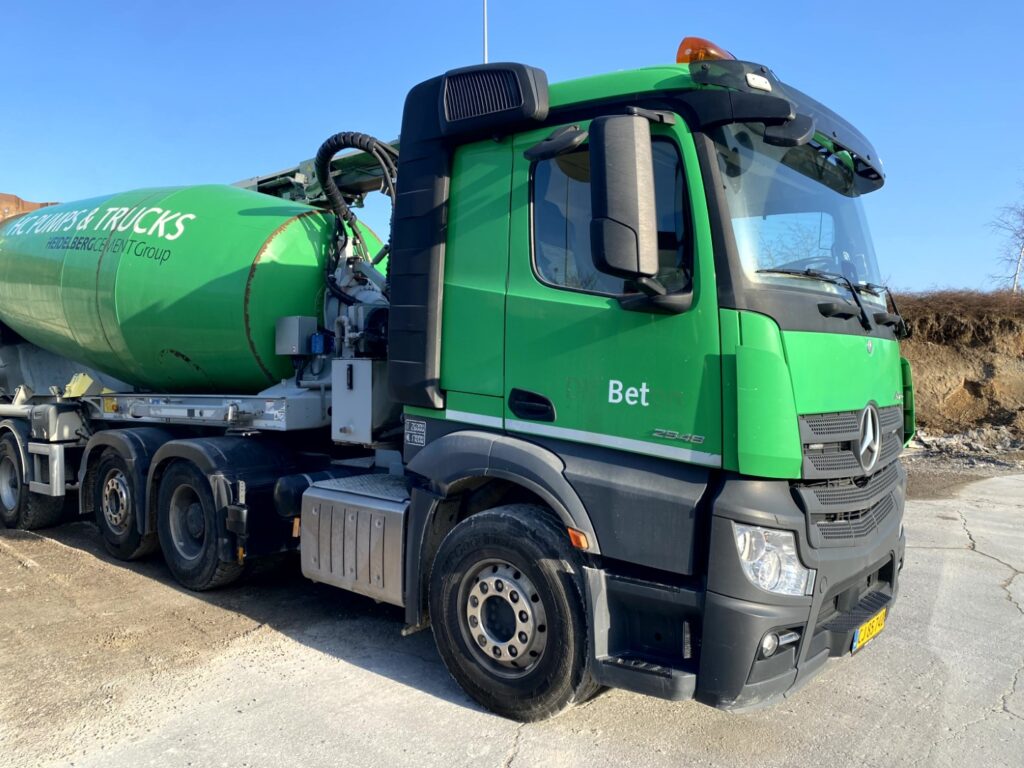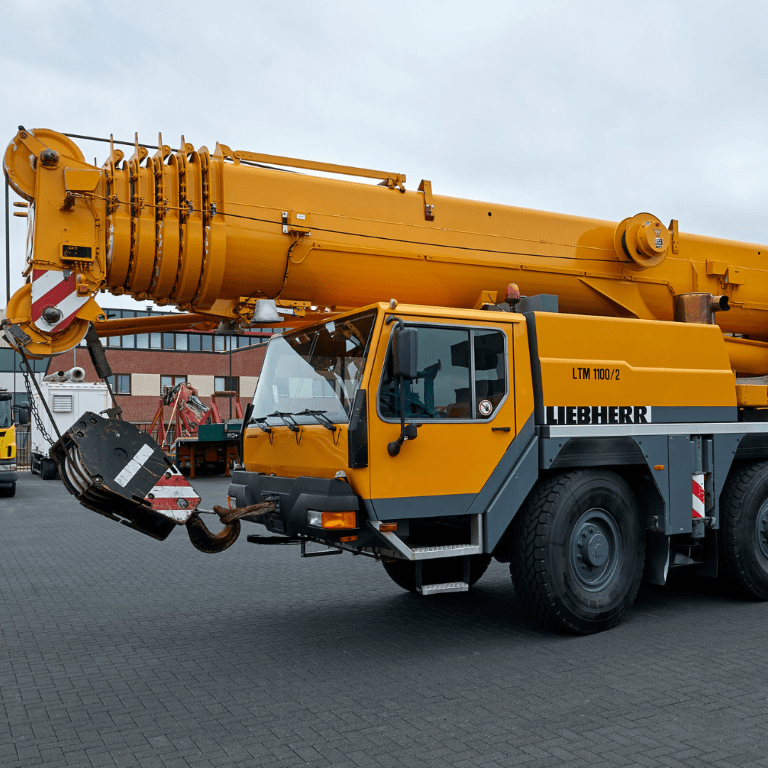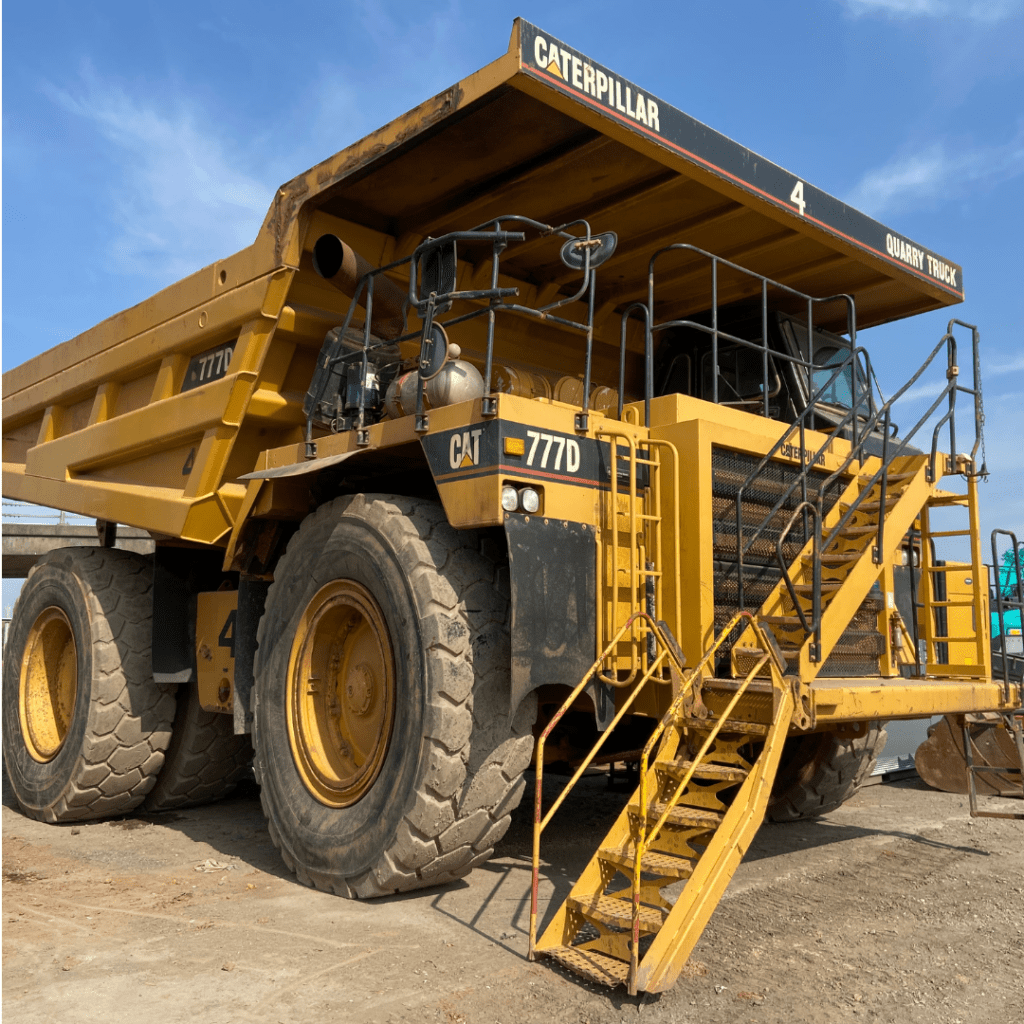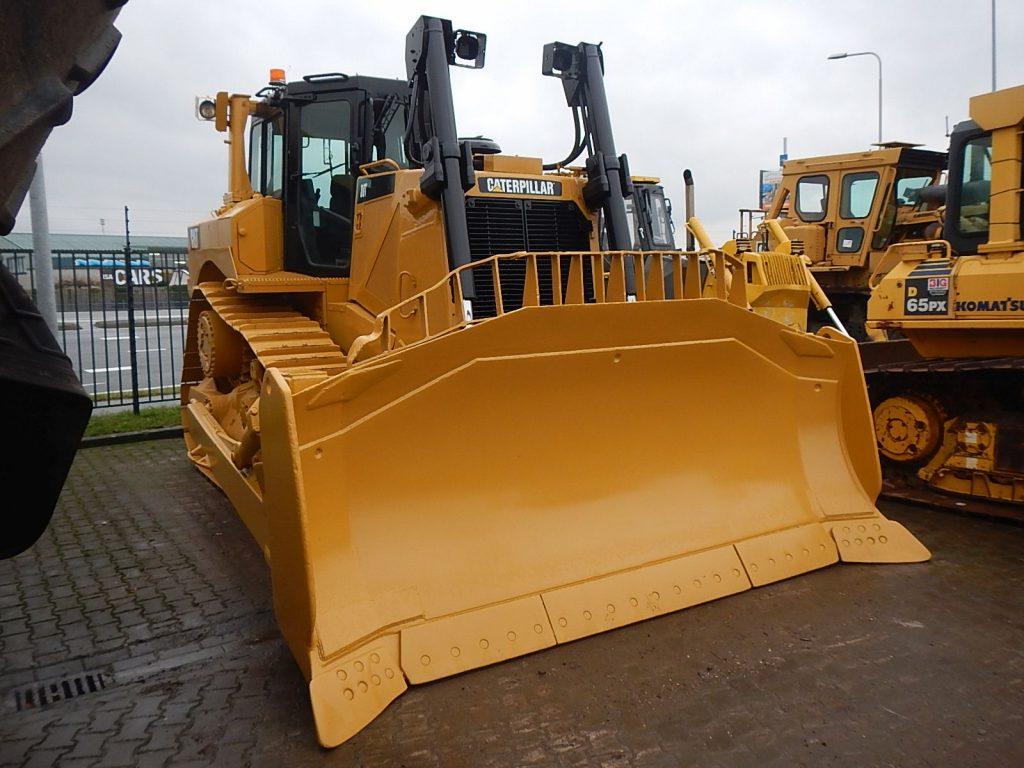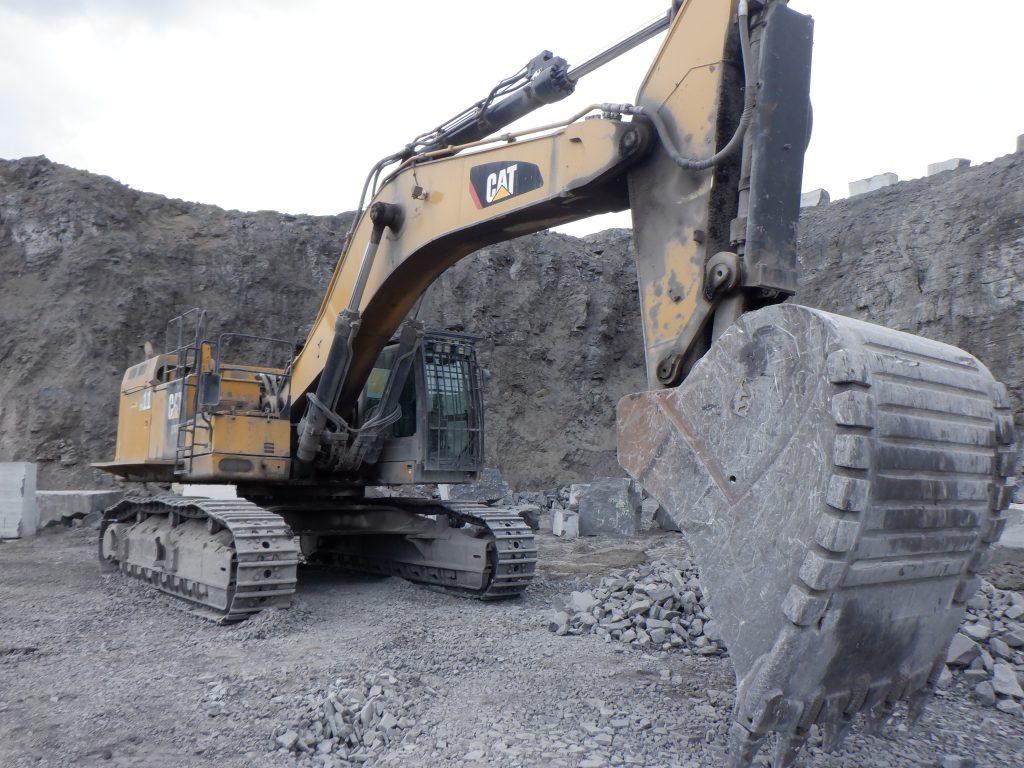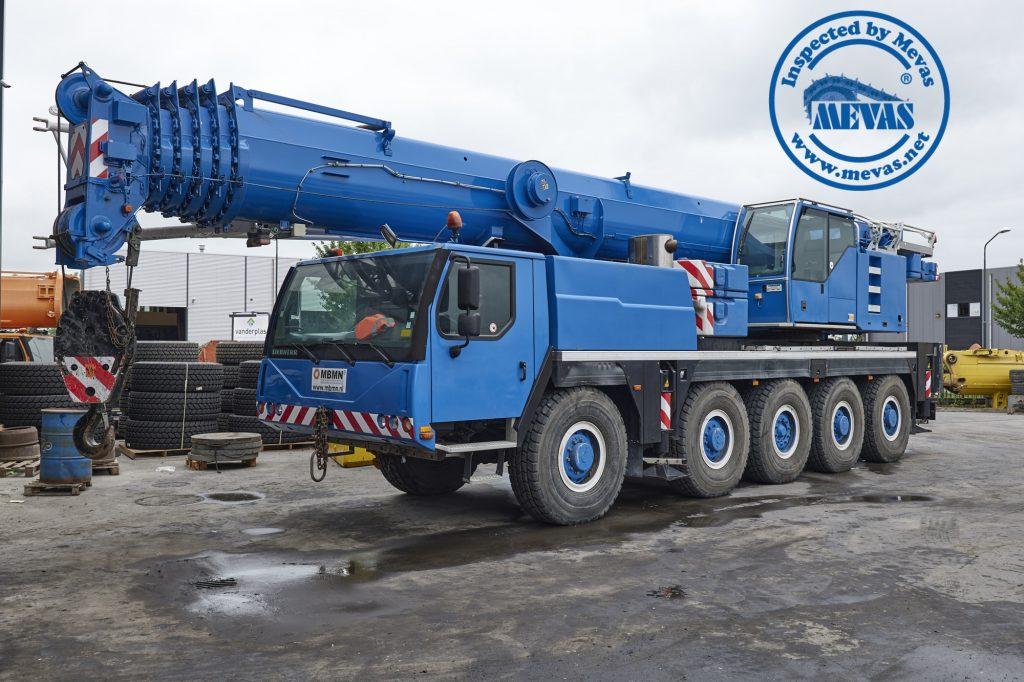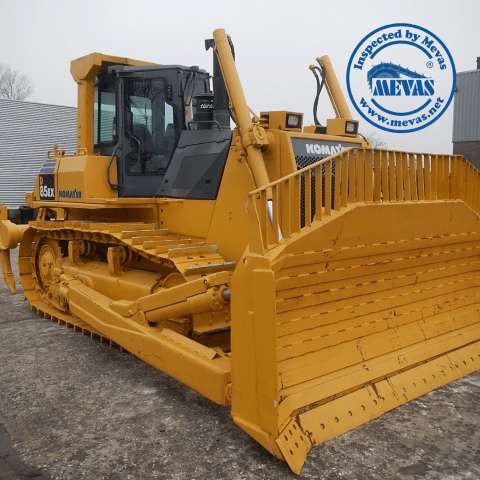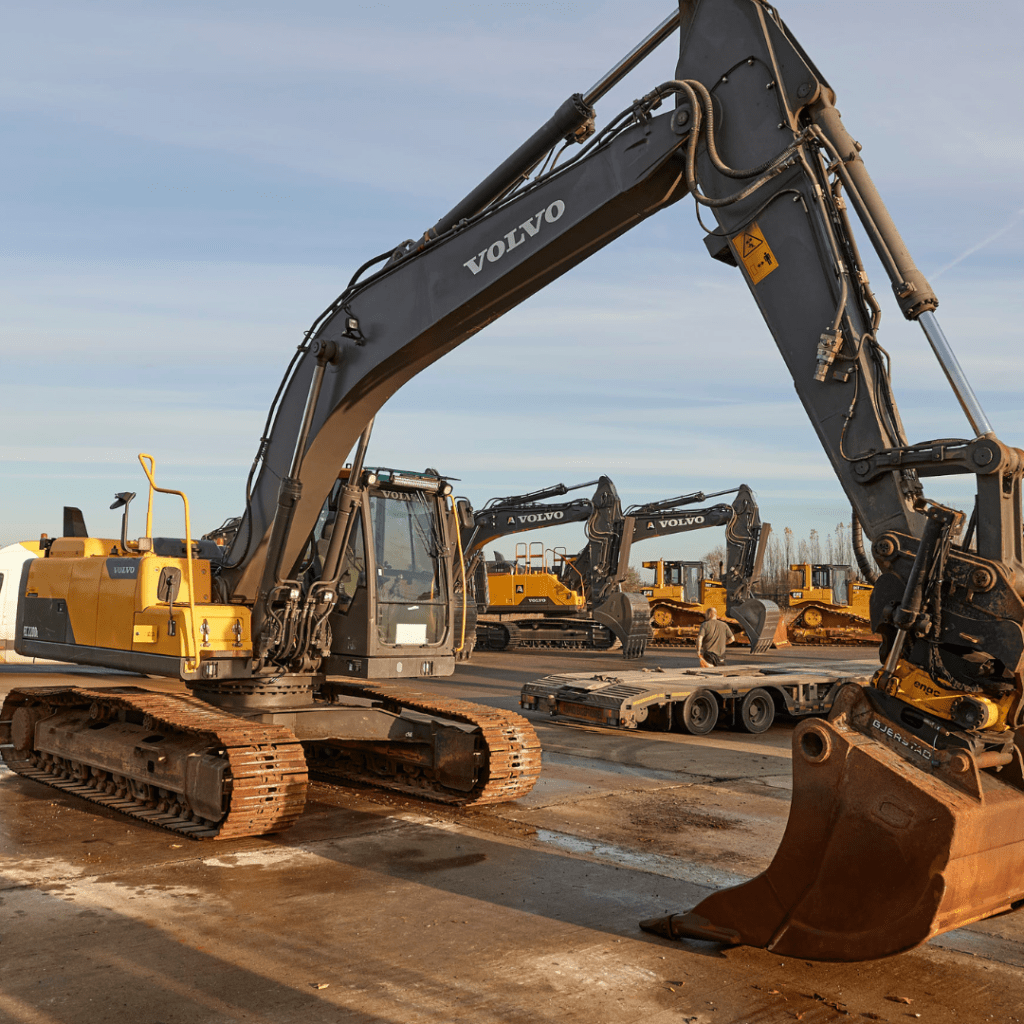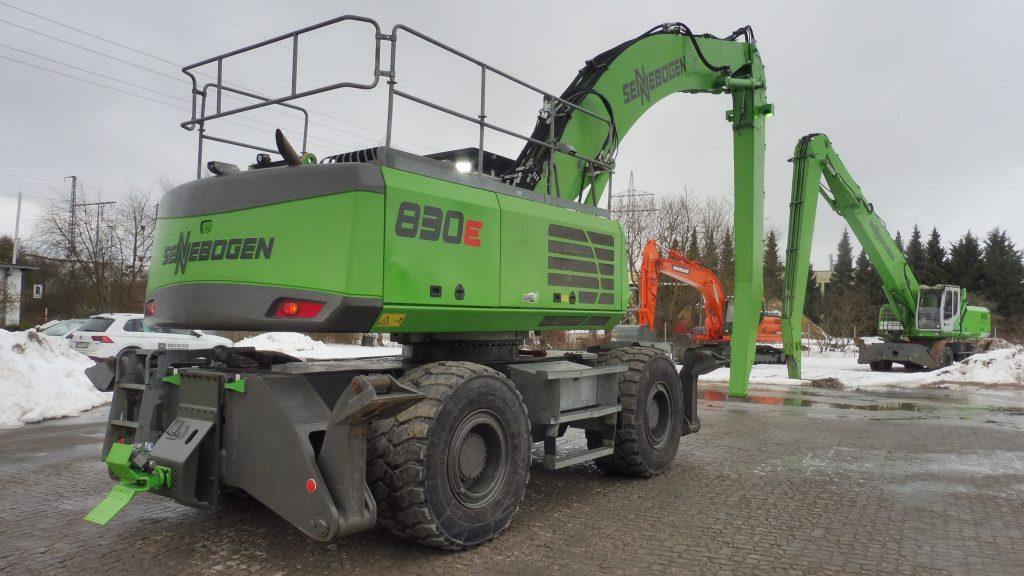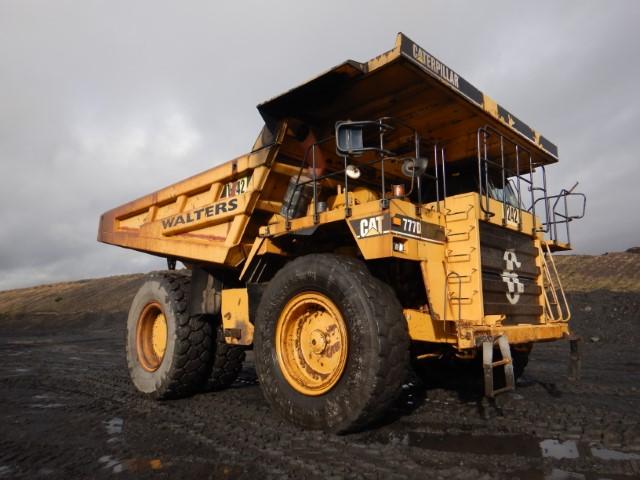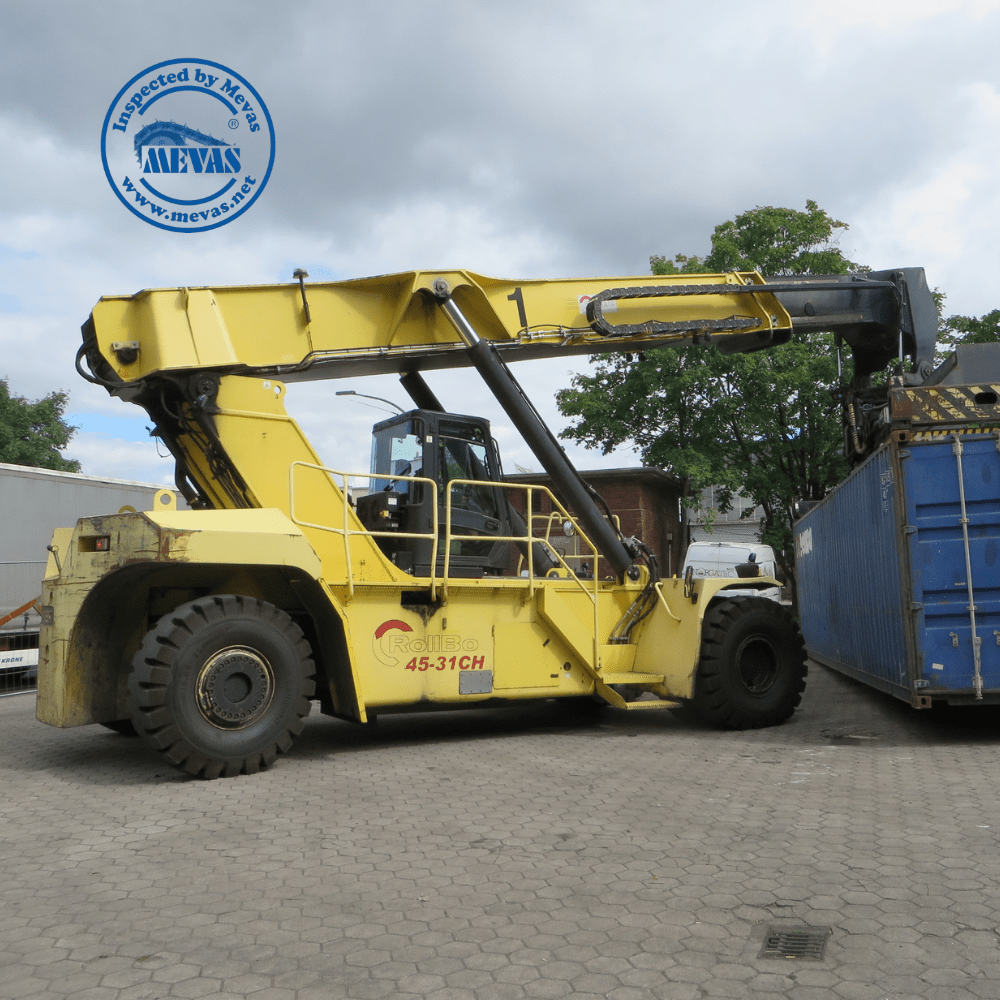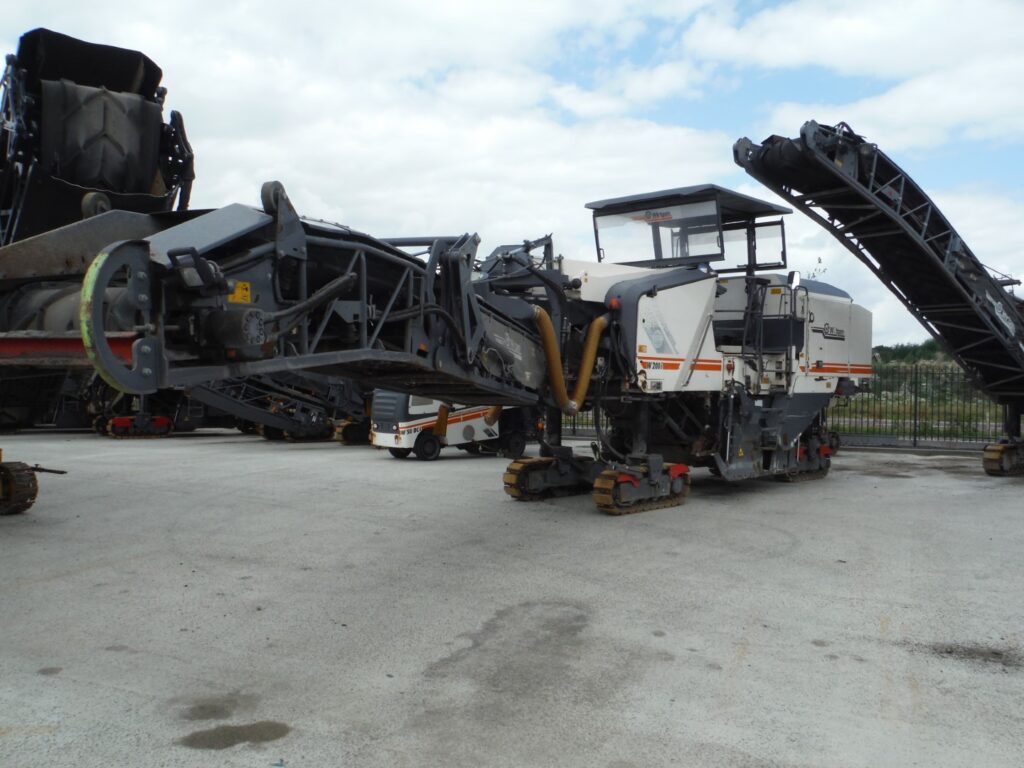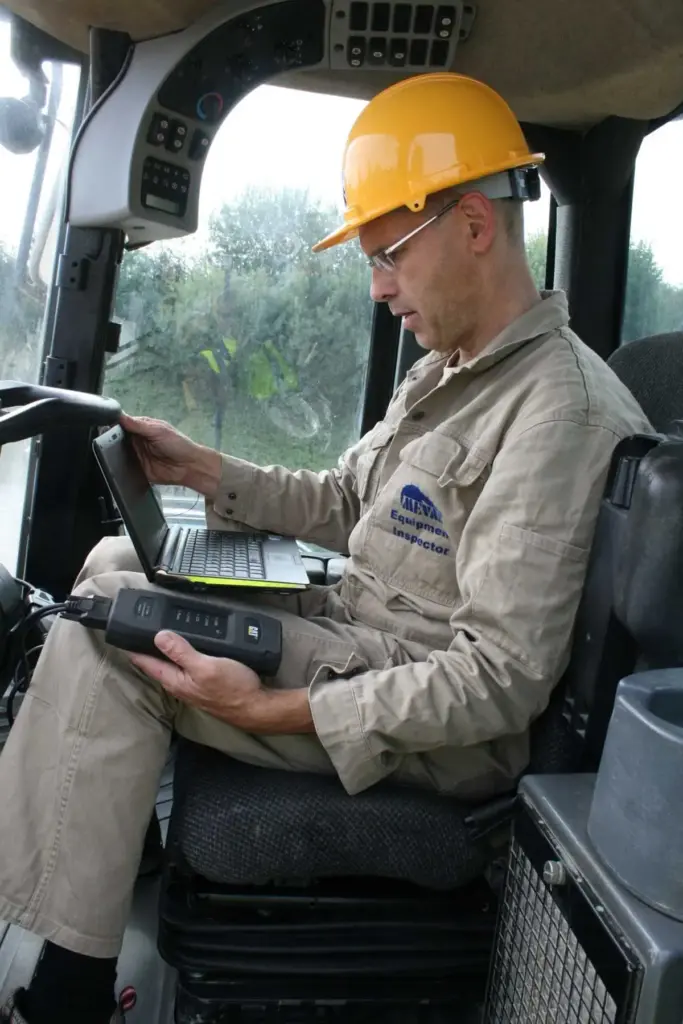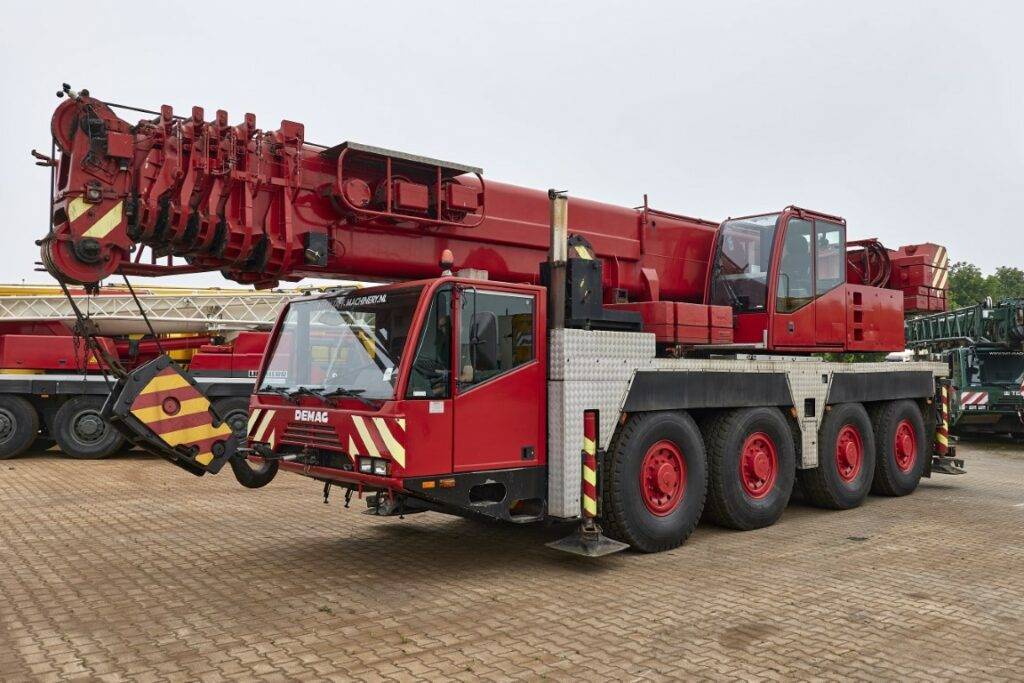Pre-start daily inspection checklist for heavy machinery
Why should operators of heavy machinery use a daily inspection checklist? Operators of heavy machinery should use a daily inspection checklist because it helps ensure safety, reliability, regulatory compliance, and cost-effectiveness. Key reasons include:
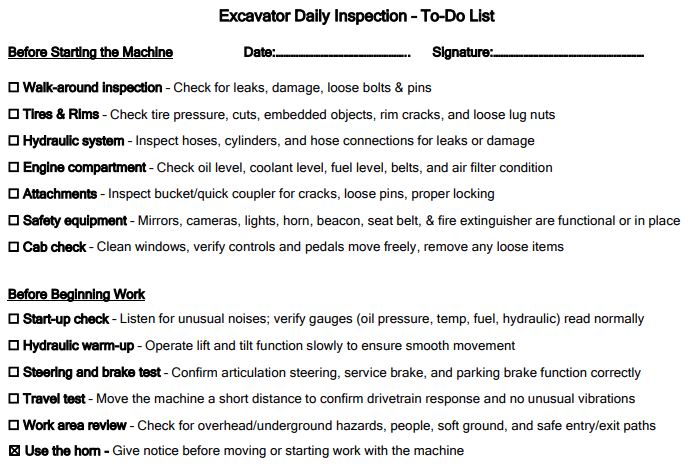
1. Prevents accidents and injuries
- Identifies hazards like leaks, worn parts, or malfunctioning safety systems before they cause an incident.
- Ensures critical components (brakes, hydraulics, alarms, restraints) are functioning properly.
2. Reduces equipment downtime
- Catching small issues early prevents bigger mechanical failures.
- Well-maintained equipment is less likely to break down during operation, keeping projects on schedule.
3. Lowers repair and operating costs
- Early detection of problems reduces expensive emergency repairs.
- Helps extend the lifespan of machinery through consistent care.
4. Ensures regulatory and legal compliance
- OSHA and similar regulatory bodies require regular inspections for heavy machinery.
- Checklists provide documentation that inspections were completed correctly and consistently.
5. Protects employers from liability
- In case of an incident, having a documented inspection trail shows due diligence.
- Helps establish that safety protocols were followed.
6. Improves operator accountability and awareness
- Operators become more familiar with how their equipment should look and perform.
- Encourages responsibility for the safe and proper use of machinery.
7. Creates consistent communication across shifts
- Notes from inspections help alert incoming operators or maintenance staff to issues that need attention.
Download free checklist here
Feel free to download the current PDF-versions of our checklist for daily heavy equipment check-up. Those versions are printable and can be handed over to operators to check machine integrity and safety before the shift starts. On request we can send an editable Word-Document for free editing.
- Free Daily Wheel Loader Inspection Checklist
- Free Daily Bulldozer Inspection Checklist
- Free Daily Excavator Inspection Checklist
coming soon:
- Free Daily Motor-Grader Inspection Checklist
- Free Daily Rock Crusher Inspection Checklist
- Free Daily Quarry Truck Inspection Checklist
- Free Daily Articulated Truck Inspection Checklist
Ask for a different Daily Inspection Checklist
If you need a different inspection checklist get in touch please. We can create easily other versions. And yes, these documents are freely available and can be shared or copied.

